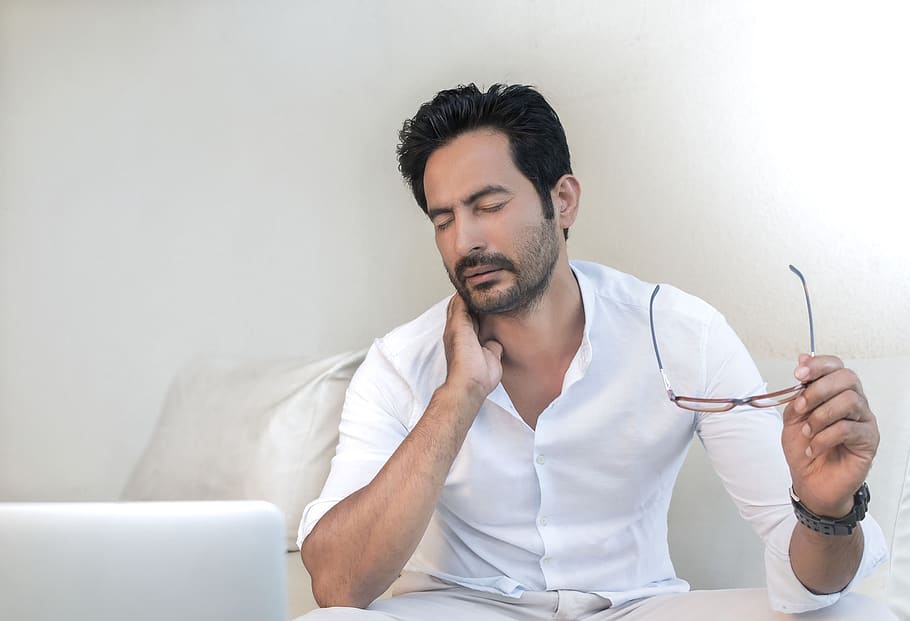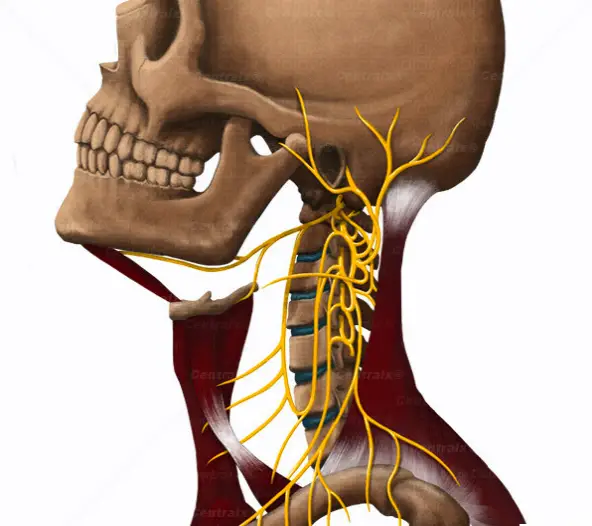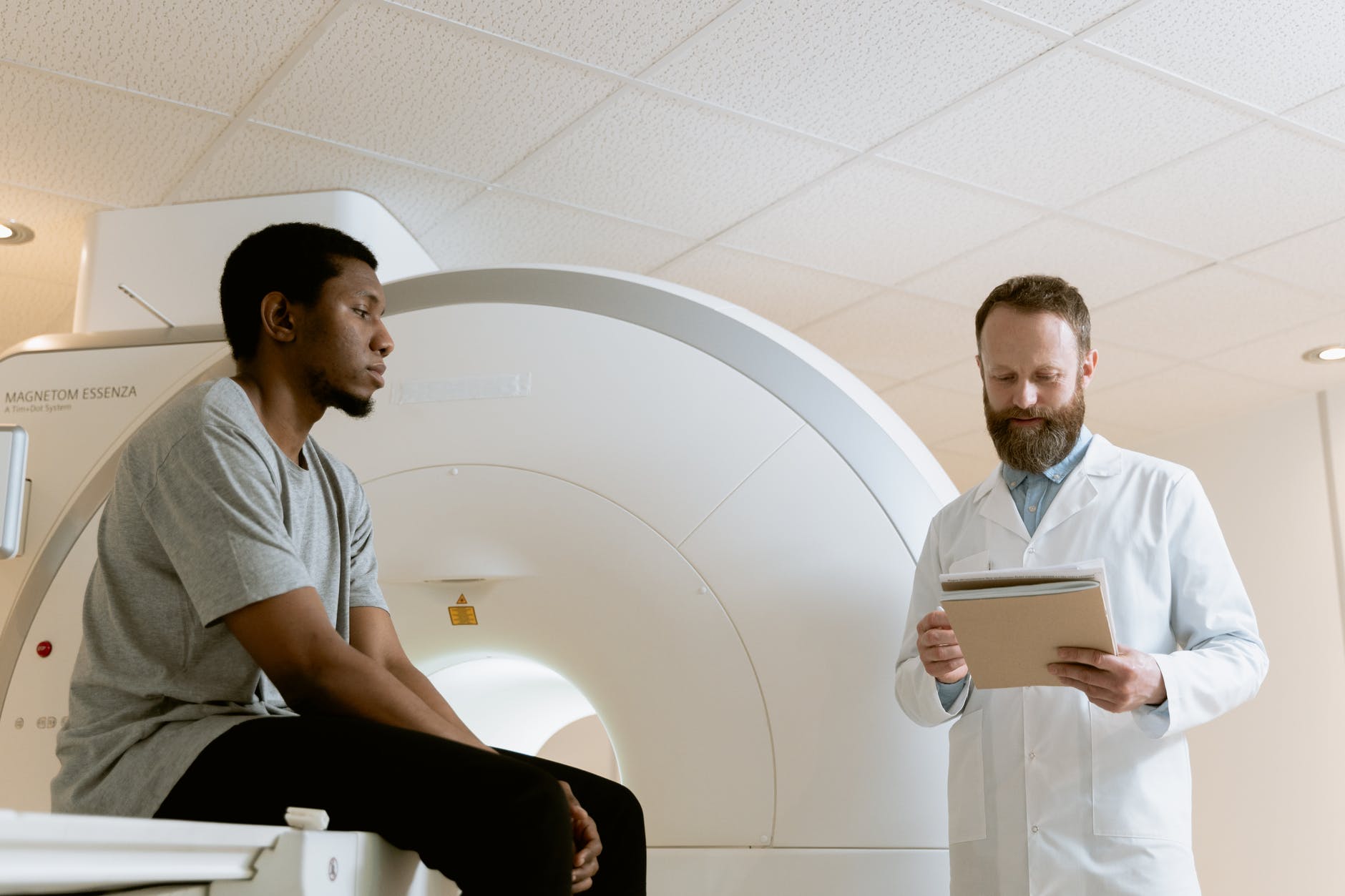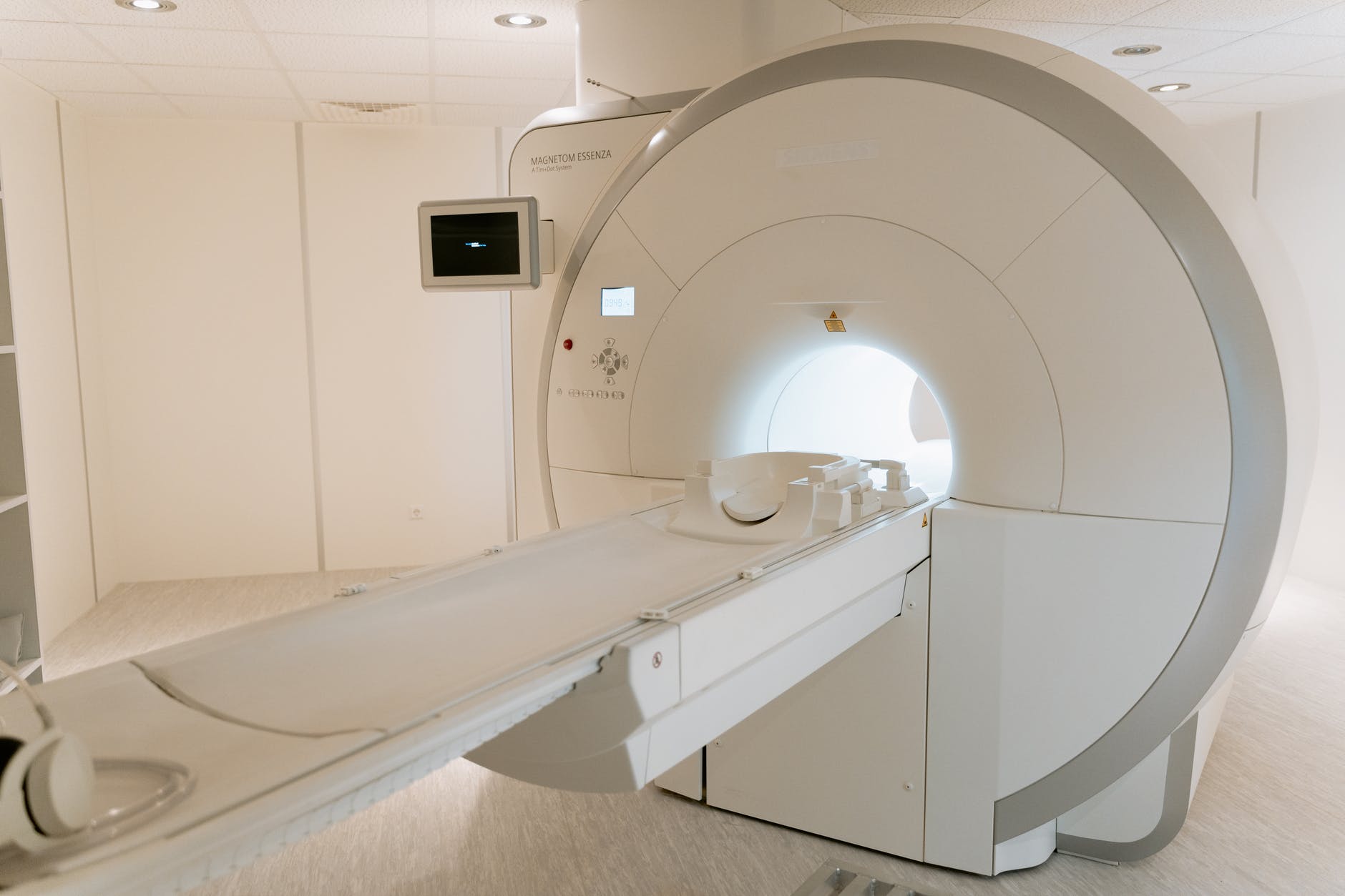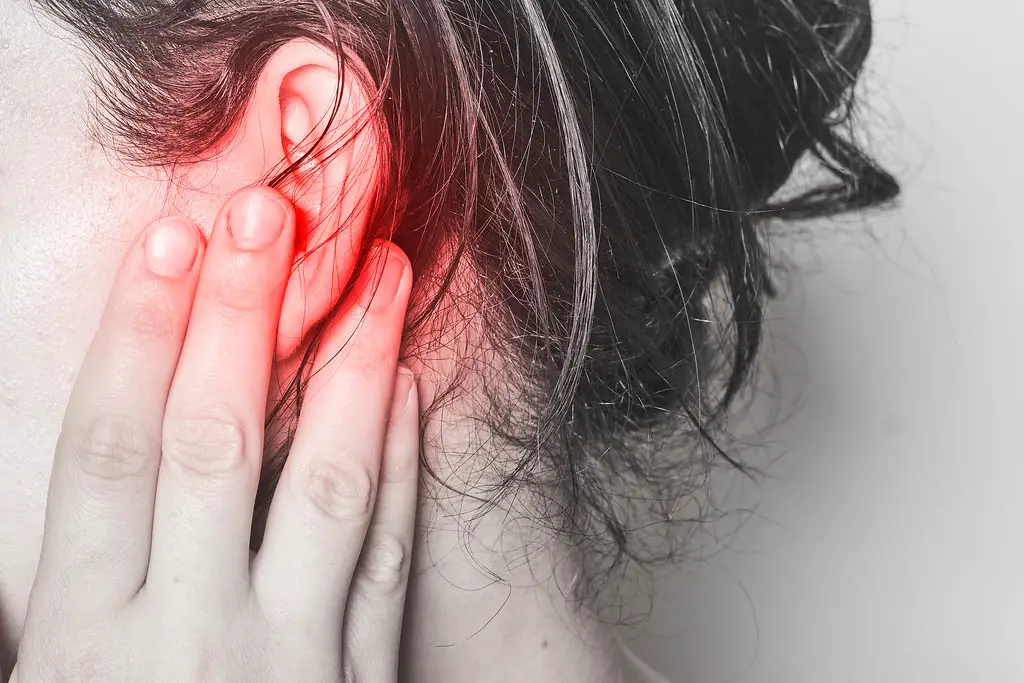Le cracking neck is a condition found in many people and can sometimes give the impression of being affected by a serious pathology at the level cervical.
Therefore the cracking in the neck is he really a danger? Answer in this article.
Cervical anatomy
The cervical region or the neck is a very complex anatomical part of the human body, located between the head and the thorax, it is a region crossed by many anatomical structures.
It is at this level that the cervical portion of the spine which we call cervical spine. It is made up of seven vertebrae (named C1 to C7) stacking on top of each other using different joints, ligaments and tendons and between which are intervertebral discs.
Each vertebrate cervical spine is made up of four articular facets sitting in its posterior part, two of them allow it to articulate with the upper vertebra while the other two articulate with the lower one.
These different joints are covered with a smooth and lubricated cartilage whose role is to allow good sliding between the vertebrae during movement. They are also surrounded by an envelope called synovial capsule within which bathes a liquid of the same name.
The neck is also formed by multiple muscles essentially allowing its mobility, it is among others the sterno-cleido-mastoid muscle and the trapezius which are superficial, the supra and infra-hyoid muscles which are intermediate and the paravertebral muscles which are deep.
Finally, the cervical region is crossed by many vessels (blood and lymphatic) and nerves such as the carotids, the jugulars or the phrenic nerve.
Cracking neck: Where do crackles come from?
Today, the exact cause of cracking felt in the neck is not fully understood. However, there are hypotheses that attempt to explain these phenomena.
- A story of bubbles forming or bursting
As explained previously in the "anatomy" section, the cervical spine is made up of numerous joints within which there is a viscous substance called synovium ou synovial fluid whose role is to lubricate the joints.
Under the effect of multiple factors such as heat or excessive stretching of the joint, a phenomenon called " cavitation which is defined by the formation of air pockets or bubbles within a liquid medium and it is the formation or the explosion of these famous bubbles which would be at the origin of a crack in the neck.
- A collision in the ligaments and tendons
The neck is made up of multiple anatomical elements making this part of the body a fairly complex structure. It happens under the effect of tensions or contractions that the tendons and ligaments hang between them which would cause these famous crunches.
- The moving vertebrae
One of the main functions of the joints is to provide mobility within the region where they are located and in the cervical region. In this case, it turns out that the mobility is particularly increased.
Indeed, the cervical spine is the part of spine the most mobile. Apparently, it would be the repositioning of these vertebrae and the friction occurring between them that would cause a cracking in the neck.
- Osteoarthritis that cracks the neck
Over the years, the cartilage covering the joints tends to decrease due to theOsteoarthritis and other phenomena degenerative, but the latter has an important role in protecting the joints during movement.
When joint surfaces move between them with less cartilage, crunches can be felt.
- Beware of sudden movements and bad postures
During too rapid head movements, small accidents due to a reduction in muscle or joint flexibility or joints that are too mobile and therefore unstable may occur. Add to that bad posture and the neck cracks!
Who can crack my neck?
Cracking your neck alone may seem tempting and without the slightest risk, but it's quite the opposite! This creak must be the result of mobilizations using a very precise and delicate technique and must be carried out by a person authorized and trained to do so. To the picture :
- Of a chiropractor or chiropractor: true specialists in manipulations targeting the spine, chiropractors act on the spine by performing manipulations aimed at readjusting and correcting the various disorders that may affect it.
- Of a osteopath: Thanks to massages and other manual manipulations, the osteopath acts on the muscles, tendons, ligaments and joints in order to release tension and relieve pain.
- Of a physiotherapist (physiotherapist): Whether using passive or active mobilizations, massages or techniques using physical means, the physiotherapist helps to mobilize the joints in a gentle way while relieving contractures and pain that may be present there.
Risks of cracking your neck
When the neck spontaneously and occasionally cracks without causing pain or other signs such as numbness, paresthesias or changes in the color of the skin, it does not seem worth worrying about.
On the other hand, when the neck cracks too often on the same side, causing pain, tingling sensations, electric shocks, reduced muscle strength or other phenomenon, it is essential to consult a doctor. in order to carry out a complete examination and to ensure that there is no underlying pathology.
Concretely, no study has been able to prove to date that cracking your neck could be harmful. However, rare cases of strokes due to the rupture of an artery following a crack in the cervical region have been reported worldwide.
It is therefore better to refrain from carrying out such a practice excessively, especially when you are not trained in it.
Finally, cracking your neck too often, too suddenly or inappropriately can expose you to the risk of neurological damage (pinching of a nerve) or muscle damage that can manifest itself in very strong pain.
Reviews
Although, according to studies, cracking your neck does not seem to constitute a real danger in itself, it is still wise to avoid this type of practice excessively. Indeed, taking into account the sensitivity of the vasculo-nervous elements constituting the neck, it would be better to refrain from causing the slightest inconvenience.
On the other hand, if the fact of cracking your neck provides significant relief, this practice can be carried out in a sporadic and controlled way. It is strongly recommended to consult a professional for appropriate care.
If pain or discomfort is felt in the cervical region, consulting a doctor is the best option. The latter will assess the situation and will develop the most appropriate and least risky support possible, of course.
https://www.lombafit.com/douleur-cervicale-que-faire/
References
Whiplash: definition and management
Cervical massage: Danger? (Can we get a massage?)
https://chirojean-talon.com/craquement-du-cou/
My name is Sidali. I am a general practitioner and Web Editor. As a healthcare professional, my mission is to contribute to the relief of my patients' ailments. Being also passionate about writing, I have the pleasure of sharing my solid medical knowledge with the greatest number of readers, by writing popular articles that are very pleasant to read.

